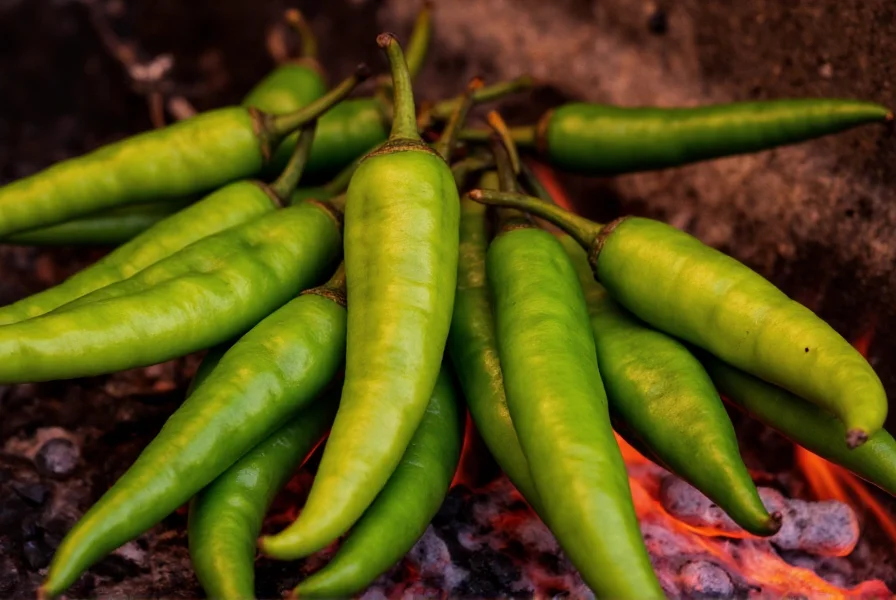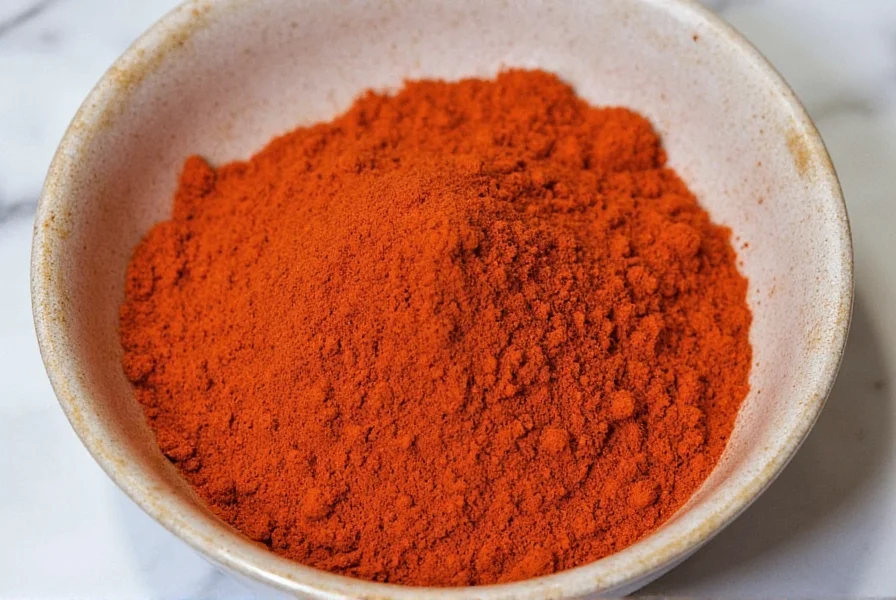Hatch chili powder represents a culinary treasure from New Mexico's Hatch Valley, renowned for producing some of the world's finest chilies. When searching for what is hatch chili powder, it's essential to understand this isn't just another generic spice blend but a single-ingredient product showcasing the distinctive flavor of Hatch chilies at their peak.
The Origin of Hatch Valley Chilies
Grown exclusively in the Hatch Valley region of New Mexico, these chilies benefit from unique soil conditions, high altitude, and abundant sunshine. The valley's microclimate creates ideal growing conditions that produce chilies with exceptional flavor complexity. While many products claim to be "Hatch" chili outside this region, only chilies grown in the Hatch Valley can legitimately bear the name.

Hatch Chili Powder vs Regular Chili Powder
Understanding the difference between hatch and ancho chili powder is crucial for home cooks. Most commercial "chili powder" contains a blend of spices including cumin, garlic powder, oregano, and paprika. Authentic Hatch chili powder contains only dried and ground Hatch chilies.
| Characteristic | Hatch Chili Powder | Regular Chili Powder |
|---|---|---|
| Primary Ingredients | 100% Hatch chilies | Chili peppers + spices (cumin, garlic, etc.) |
| Flavor Profile | Earthy, slightly sweet, subtle smokiness | More complex spice blend, less chili-forward |
| Heat Level | Mild to hot (varies by harvest) | Generally milder, more consistent |
| Seasonality | Fresh August-October, powder year-round | Available year-round |
Flavor Profile and Heat Levels
The hatch chili powder heat level varies depending on the specific harvest. Green Hatch varieties typically range from 1,000-8,000 Scoville units, while red varieties can reach up to 15,000 units. What sets Hatch apart is its complex flavor that balances heat with earthy, slightly sweet notes and subtle smokiness—qualities that diminish in mass-produced alternatives.
When evaluating hatch green chili powder vs regular options, note that authentic Hatch powder maintains the fresh chili's nuanced flavor, while generic blends often taste dusty or one-dimensional due to extended shelf time and additional ingredients.
Best Culinary Applications
The best uses for hatch chili powder leverage its distinctive flavor without overwhelming other ingredients. Professional chefs recommend:
- As a finishing spice for soups and stews (added at the end of cooking)
- In dry rubs for meats, particularly chicken and pork
- Enhancing Southwest-style sauces and salsas
- Seasoning roasted vegetables for subtle complexity
- Creating authentic New Mexican red or green chili sauces
Unlike generic chili powder, Hatch variety works best when used more sparingly—its concentrated flavor means a little goes further. For those exploring how to use hatch chili powder in recipes, start with half the amount you'd use of regular chili powder, then adjust to taste.

Storage and Shelf Life
Proper storage preserves the delicate flavors of storing hatch chili powder properly. Keep it in an airtight container away from light and heat. While most spices last 6-12 months, Hatch chili powder maintains peak flavor for only 3-4 months due to its single-ingredient purity and lack of preservatives. For extended storage, keep it in the freezer where it can maintain quality for up to 6 months.
Finding Authentic Hatch Chili Powder
When searching for where to buy authentic hatch chili powder, look for products that specify "100% Hatch Valley chilies" with no additional ingredients. The harvest date matters significantly—products from the current year's harvest (August-October) offer the best flavor. Many reputable producers sell online directly from New Mexico, ensuring freshness and authenticity.
Substitutes When Unavailable
If you need hatch chili powder substitutes, consider these options based on what you're making:
- For green Hatch powder: Mix 2 parts Anaheim chili powder with 1 part poblano powder
- For red Hatch powder: Ancho chili powder provides similar earthiness (though slightly fruitier)
- In a pinch: Regular chili powder plus a touch of smoked paprika for complexity
Remember that substitutes won't perfectly replicate Hatch's unique terroir-driven flavor, but they can work in recipes when authentic Hatch powder isn't available.
Avoiding Common Misconceptions
Many consumers misunderstand hatch chili powder flavor profile characteristics. It's not inherently hotter than other chili powders—the heat varies by harvest and processing. Additionally, "Hatch" isn't a specific chili variety but refers to chilies grown in the Hatch Valley, which can include several cultivars like Big Jim, Sandia, and Joe E. Parker.











 浙公网安备
33010002000092号
浙公网安备
33010002000092号 浙B2-20120091-4
浙B2-20120091-4